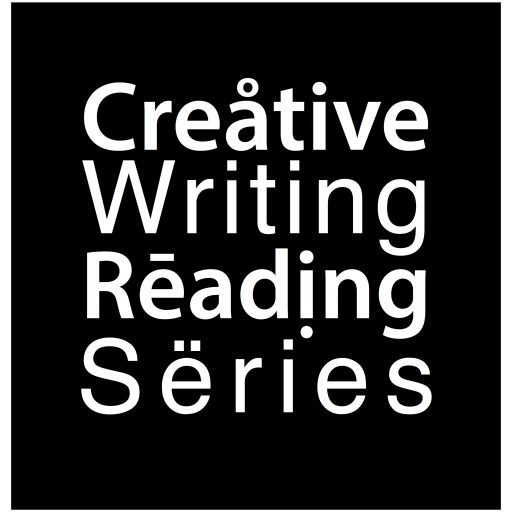This week the Creative Writing Reading series welcomed Mark Waugh, author of the cult novels, Come and Bubble Ententre, and a writer who also has his foot very firmly in the modern art world: he is currently Head of Innovation and Research at DACS, Chair of Spacex Gallery Exeter and board member of Photoworks and Brighton Photo biennial. He is an associate advisor of SUUM and Producer of the International Curators Forum.
Waugh is an experimental, bold and highly amusing writer – if his interests are highly theoretical – a close understanding of not only what Derrida meant when he said ‘there is no outside-text’, but what that continues to mean in our daily lives was very much in evidence – they are only so inasmuch as this helps us understand the culture in which we live – and an Waugh’s eye is always on consumer culture, on drug culture, on porn. This places high value on text, of course, as a form of intervention into culture – Waugh’s main aim, he says, is to ask what a text means after we’re immersed in text as our means of navigating the world.
His books are experimental in very different ways – 1997’s Come is a deliberately small, square book, with irregular typographical layout and non sequential sentence that end in very different places to where they began. The layout, Waugh said, was intended to encourage the reader to feel that they could approach the whole novel non-sequentially – just picking it up and looking at a page, then putting it down perhaps flicking to another – illustrating an interest in deconstructing narrative that perhaps owes something to his involvement in the production and practices of art-books, and the production of images. The layout, he said, is a game with the reader
2009’s Bubble Entendre, too, has its relation to the art book – the Semina series, published by Book Works, publishes experimental prose and is named after the series of nine loose-leaf magazines issued by Californian beat artist Wallace Berman in the 1950s and 1960s. Berman is considered by many to be a pioneer of assemblage art – the magazines mixed collaged artworks with poetry by Allen Ginsberg, Jean Cocteau and many others. The design of the book itself reflects other concerns – that it is a yellow book was deliberate – a nod to another leading light in the history of avant-garde publishing – though the image is, of course, rather unlike the illustrations of Aubrey Beardsley. Waugh seemed to take some joy in this disruption, and the disruption the books cover must cause to its reader’s experience – would you take it on the tube? he wondered.
Come has a particular interest in club and drug culture – and the question around these – as with Waugh’s interest in porn – is always in the question ‘what is the significance of this? ‘, & the novel explores the wider political and social implications of fashions in drug culture – MDMA for example, Waugh said, came into fashion post-AIDS, and this trend for a drug which generates pleasure without stimulating sexual desire thus registers late twentieth-century anxieties around sexuality, non-mainstream community, and pleasure.
With porn, Waugh is both interested in how the concept of porn sits historically – in a lineage from De Sade through Bataille – and how a book operates differently to the internet – a transcription of youporn in a book will be a different thing to the video – not merely because of a difference between motion picture and text, but due to the object of the book, and the differing ways in which both mediums are policed and relate to questions of authority. Waugh recounted a story of how Book Works’s copies of Bubble entendre, destined for the New York book fair, were confiscated by the New York customs on suspicion of being a manual for terrorism. Conversely – the domain – at least printed – of porn – Penthouse magazine – has, perhaps because of the relation of porn to concepts of taste ad morality – has proved, at least historically, more open-minded to aesthetic innovation than one would expect – publishing some of Waugh’s more experimental fiction along with his partner’s art work.
Why might the New York customs office have suspected that Bubble Entendre was a manual for terrorism? The book – more traditionally plot driven than Come, although this plot is played with and chronologically disrupted and overlaid in order to disturb the reader’s sense of temporality – is set in a 2012 takeover of Claridge’s during the Olympics, putting, Waugh said, our fear of terrorism alongside the tedium of sport. Set in a time which is in our past, but at its writing and publication a point in the near future – the novel’s setting produces an odd glitch in time- a future already a past: Waugh said his aim was to create a dystopian novel set so closely in the future that it would very quickly become ridiculous by its own standards – when that future arrived differently. Half the fun, then, for the reader as well as for Waugh reading back with hindsight, is to see what in 2009 looked liked the landscape of 2012 and read it with a knowledge of 2012 – a scene, as Waugh points out, where one character asks another if they haven’t seen their face in News of the World has a completely different force given the events of 2011, and creates a surrealism completely beyond the author’s control. Which, it seems, is something he particularly relishes.


